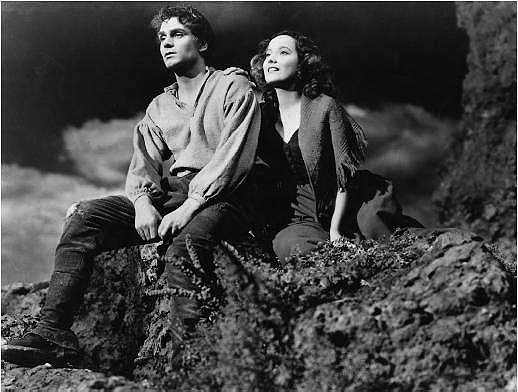Millions of eyes have turned to London’s Regency era because of “Bridgerton.” This Netflix original series, based on Julia Quinn’s novels about debutantes being presented at court, has become the top show in 76 countries since debuting on Dec. 25, 2020. Unfortunately, this historical romance is far from wholesome entertainment. Its International Movie Database content advisory reveals that this TV-MA (for mature audiences) series is not only “mature” but downright obscene. Fortunately, there are decent alternatives for enjoying Regency England’s fashion and manners.
Novels by Jane Austen and the Brontë sisters, which immortalized the Regency era (1811–1820), have spawned many film adaptations, including those from the Golden era of Hollywood. For instance, “Wuthering Heights” was filmed in 1939, “Pride and Prejudice” is a 1940 film, and “Jane Eyre” was adapted in 1943. These movies’ makers often valued producing entertaining films over faithfully adapting source novels.






